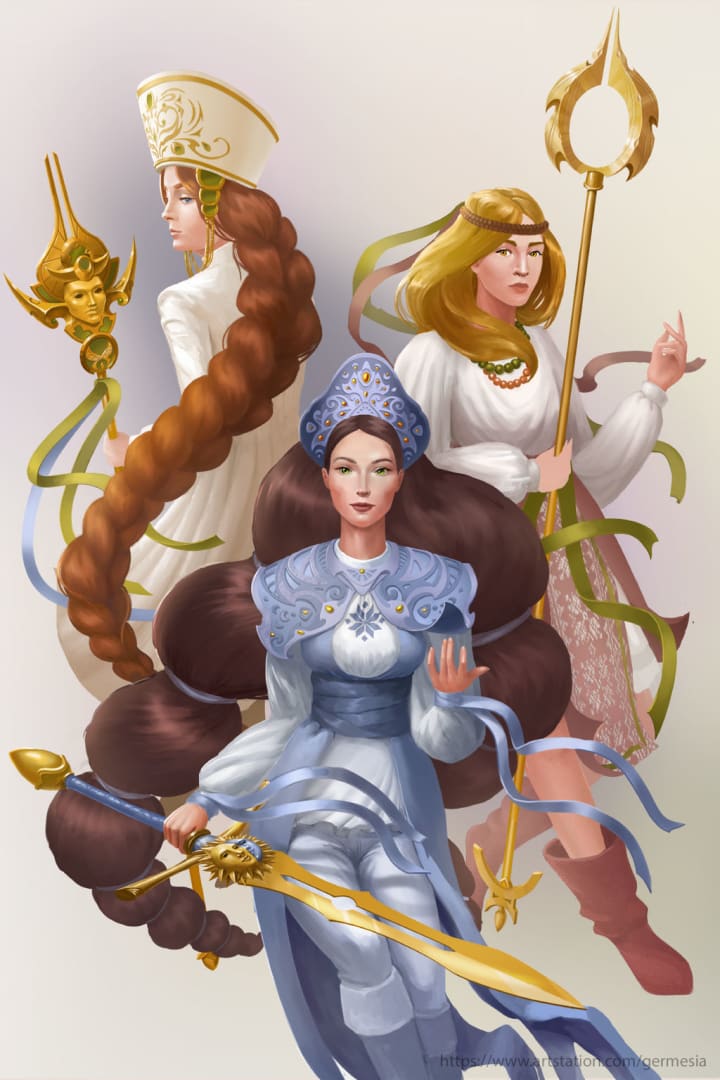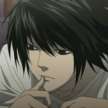
Neil Gaiman, a light in the domain of narrating, at first acquired distinction as a comic book essayist, most prominently for his famous "Sandman" series. Notwithstanding, his scholarly excursion rose above the universe of realistic books, establishing him as a highly regarded dream writer. What separates Gaiman's work is its protection from simple order. At its center, his narrating digs into the many-sided connection between stories and the human psyche.
Gaiman's one-of-a kind story style frequently puts his books in contemporary settings, entwining old legends with advancement. In his 2001 show-stopper, "American Divine Beings," this combination becomes the dominant focal point. The story unfolds in contemporary America through the eyes of Shadow Moon, our hero, who becomes caught in the domain of embodied stories—the domain of divine beings.
These divine beings are not simple dynamic ideas; they are unmistakable characters in Gaiman's account, existing both in the personalities of people and in the actual world. Shadow Moon leaves on a mission driven by a strange figure named Wednesday, who addresses one of the old divine beings. Wednesday will likely join the old divine beings and go up against the new divine beings that undermine their reality in American shared awareness.
As the new "American Divine Beings" series plans to debut on the Stars organization, it's an ideal chance to investigate the fanciful starting points of the old divine beings highlighted in the story.
We should begin with Wednesday, whose name insinuates "Woden's Day," named after the Norse god Odin. Odin, a focal figure in Norse folklore, rules over Asgard, one of the nine interconnected domains. He assumed a part in molding the world, forfeiting an eye at the Well of Mmir for shrewdness. Odin's notorious picture incorporates a whiskery figure with a shroud, a wide cap, and the charmed lance Gungnir. He's joined by two ravens, Huginn and Muninn (thought and memory), and is related to Valhalla, where fallen fighters feast until Ragnarok, the world's resurrection.
In "American Divine Beings," Wednesday showed up in America in 813 A.D. with Norse adventurers. Their contributions to Odin prompted a showdown with local clans, fixing their destiny in the New World. Wednesday's presence is a demonstration of the perseverance through tradition of old legends.
Next is Distraught Sweeney, who professes to be an Irish leprechaun yet challenges the normal picture of these little people. His personality repeats the Dinanshi, otherworldly creatures from Irish legends. These substances, looking like pixies, safeguarded normal components. Frantic Sweeney's name references Buile Shuibhne, a person reviled for frantically wandering Ireland. In "American Divine Beings," he's accepted to have shown up during the Incomparable Irish Starvation, adjusting his personality to Ireland's set of experiences and diaspora.
Chernabog, or the "Dark God," comes from Slavic folklore, as opposed to Belobog, the divine force of light. This duality mirrors the idea of dualism, where good and evil go against one another unceasingly. Chernabog's presence in the novel investigates a less popular divinity's role in Slavic folklore.

The Zorya sisters go with Chernabog, making preparations for Simargl, an Armageddon dog. They start from Slavic old stories and show up in America with Russian workers, repeating the verifiable examples of Eastern European movements.
Mr. Nancy, or Anansi, draws from West African and Caribbean old stories. Anansi, the "Bug," is a famous prankster known for gaining every one of the world's accounts. He's connected to the African diaspora and developed into "Auntie Nancy" in the US, entwining with Br'er Hare's legends.
Mr. Ibis epitomizes Thoth, an Egyptian god overseeing information, composition, and the moon. He deals with a memorial service parlor, and his accomplice, Mr. Jacquel, addresses Anubis, the jackal-headed lord of preservation. Their jobs reflect Egyptian folklore's ideas of death and resurrection.
Easter, or Eostre, begins in Germanic folklore as a goddess representing spring and recharging. Her presence in current American Easter festivals mirrors the entwining of agnostic and Christian customs.
Finally, Bilquis, enlivened by different Abrahamic texts, is a jinn with the capacity to expect human structure. Her personality remains puzzling, yet her starting points are established in strict iconography.
These brief looks into Neil Gaiman's fanciful embroidery in "American Divine Beings" feature the persevering force of stories and their capacity to shape our reality. Gaiman's narration welcomes us to investigate the significant exchange between legend, conviction, and the human experience.






Comments (1)
Very interesting! Great work!